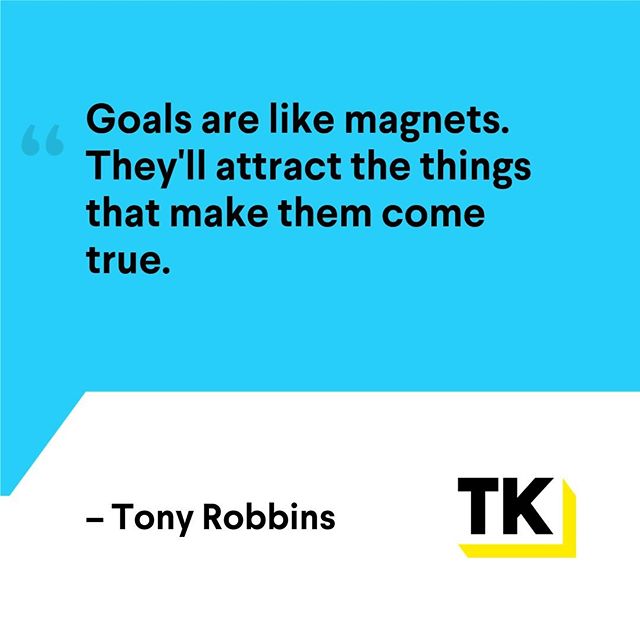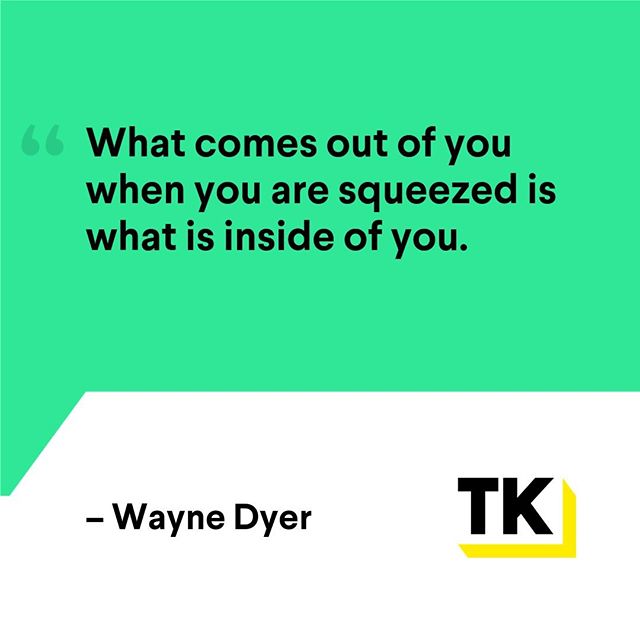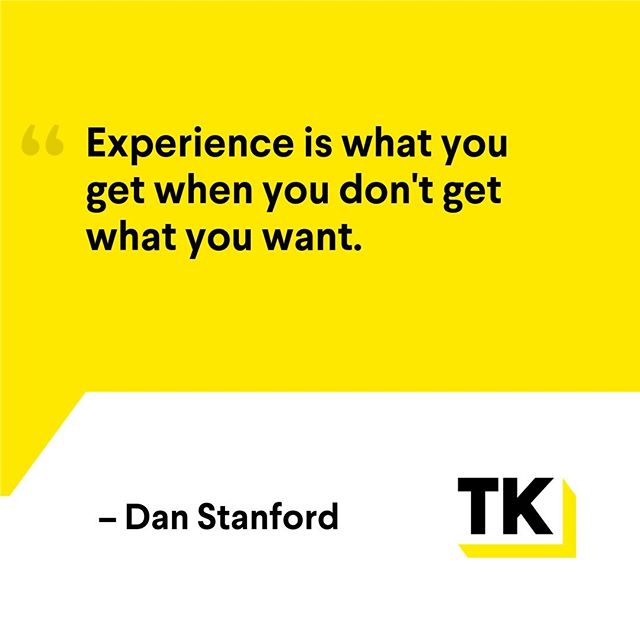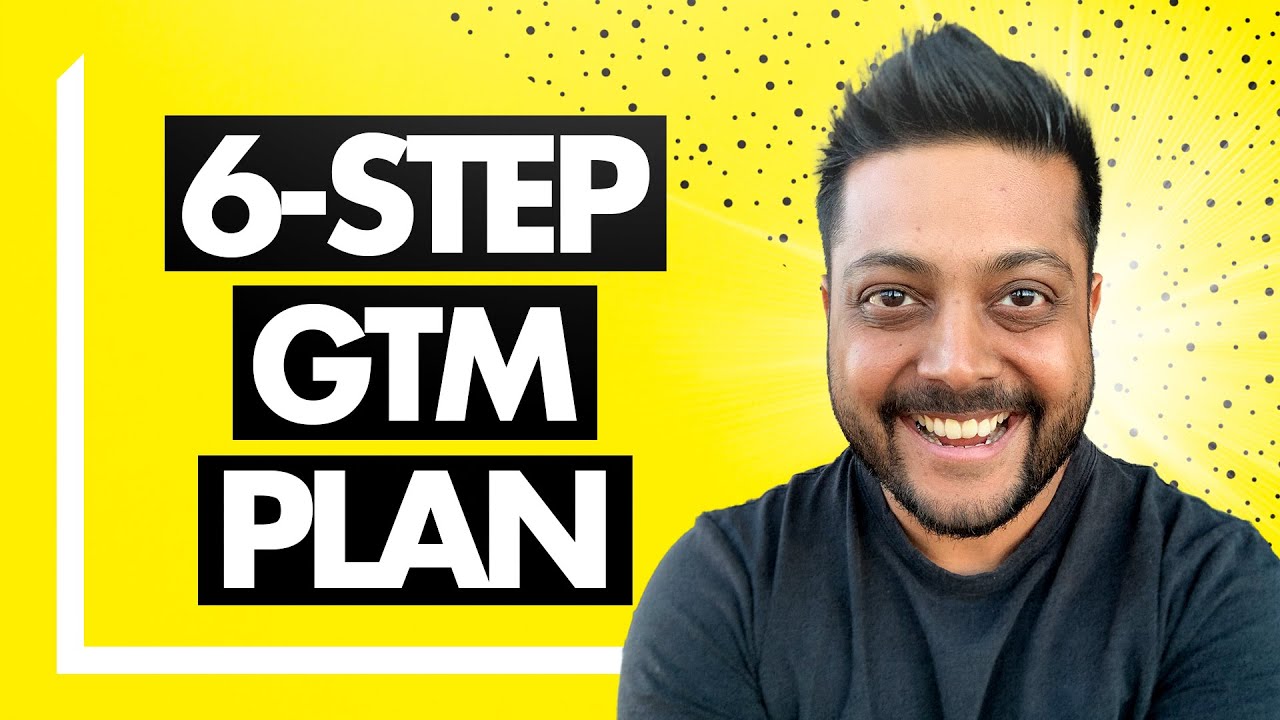Whether you’re sending a cold email, running an AD, pitching to a VC, or talking to a potential customer… there’s one key message you’re always communicating: your SaaS value proposition.
Your value proposition is that one line that clearly describes what you and your SaaS business does. It’s one of the most central pieces to capturing attention, building trust, and converting prospects into loyal customers. But, creating a compelling and differentiated value proposition is often easier said than done.
So, how do you know if you’ve gotten it right?
In this blog, I’ll walk you through the three essential principles you need to know to craft a differentiated SaaS value proposition that resonates with your ideal customers and sets you apart from the competition.
What is a SaaS Value Proposition?
A SaaS value proposition is a clear, concise statement that explains why your product or service is the best choice for your ideal customers. It’s more than just a tagline. Your value proposition outlines why a potential customer should choose your SaaS solution over competitors and sets the tone for what they can expect in terms of results or transformations.
Your value proposition needs to answer the critical question every customer asks: Why should I choose you? A well-crafted value proposition makes it crystal clear how your SaaS business will meet your customers’ needs, solve their pain, and help them achieve their goals.
Principle 1: What is Your Ultimate Result?
When you’re crafting a SaaS value proposition, always put yourself in the customer’s shoes:
What is the ultimate result or benefit they will experience?
To build a powerful SaaS value proposition, the key is to clearly communicate the ultimate result your software provides. This goes beyond listing features or talking about the technical details. It’s about the real-world impact your SaaS product or service has on your customers’ businesses. Whatever your outcome is, it should be front and center in your value proposition.
Your market just isn’t interested in adding another tool into their tech stack, but they do care about the results you deliver. They want to know, “How will this solution make my life easier or my business better?” When you focus on that end result, your value proposition becomes more relevant, compelling, and customer focused.
For example, rather than simply stating that your software automates a process, explain what that automation achieves. Maybe you’re freeing up 20 hours a week for the user or enabling faster, more accurate decision-making. When you highlight the transformation, you tap into what your customer truly values: the tangible, game changing impact on their business.
Principle 2: One-Line Structure
There’s a specific one-liner sentence structure that I follow and teach to other B2B SaaS Founders when building our SaaS value proposition:
“My company [Company Name] creates software for [Ideal Customer] that helps them [achieve a specific result].”
It’s a simple structure, but when you get clear on what you’re offering and who you’re offering it to, it becomes a game changer.
There’s two parts to properly crafting your SaaS value proposition sentence:
1. Clarify Your Ideal Customer Profile
One of the foundational elements of a strong SaaS value proposition is a clear and specific Ideal Customer Profile (ICP). Your ICP is a detailed description of the type of customer who would benefit the most from your SaaS product or service. Understanding your ideal customer can shape how you communicate your value, and ensure that your message is reaching the right people.
Make sure your ICP is specific and singular. When you try to cater to multiple customers at once, the messaging can become muddled. If you’re speaking to a small startup and a large enterprise in one breath, neither group will feel like your solution truly speaks to their needs.
But why is this so important for your value proposition?
Because it needs to speak directly to the problems and goals of your ideal customers. It’s not about appealing to everyone, you need to truly resonate with those who are most likely to buy from you. When you know exactly who you’re speaking to, you can articulate the specific outcomes they’re looking for, helping you stand out from the rest.
Ask yourself:
- Is my Ideal Customer Profile specific enough?
- Am I clearly differentiated in terms of the result my product delivers?
2. Articulate Your Ultimate Result
Your ideal customers want to know exactly what your software will help them achieve.
Let’s revisit Principle 1:
Understand the end result your SaaS product or service delivers. Is it saving time, increasing revenue, reducing errors, or enhancing team collaboration? Be as specific as possible about the outcome your ICP can expect. The more concrete and measurable the result, the more appealing it becomes.
Including your ultimate result helps set your SaaS solution apart from competitors. Many SaaS offerings may have similar features, but not all of them lead to the same end result. By clearly defining the transformation you provide, you tap into what your ICP is truly looking for.
When you clearly hone in on who your ideal customer is and what ultimate result you’re delivering, everything becomes straightforward.
Principle 3: Testing Your SaaS Value Proposition
Once you’ve crafted your SaaS value proposition, it’s crucial to test whether it truly sets your company apart. Without testing, you run the risk of blending in with competitors or offering a message that sounds too generic. In a crowded SaaS market, differentiation is key to capturing attention and standing out.
A simple but effective way to test for uniqueness is to replace your company name in your value proposition with that of a well-known competitor. If the statement still rings true with the competitor’s name, then your value proposition isn’t specific enough. The goal is to make your message so distinct that no one else could claim it.
This exercise forces you to refine your message until it highlights the exact benefits only your product can provide. It pushes you to be more precise about what makes your SaaS solution unique, ensuring that your customers can clearly see why they should choose you over others.
Why Differentiation Matters
If your value proposition could just as easily describe your competitors, it becomes difficult for potential customers to see why your solution is the better fit. A lack of differentiation often leads to confusion or indifference, where prospects can’t identify the specific value your product offers them. To avoid this, you need to be specific about those two key items: who your Ideal Customer Profile (ICP) is and what the ultimate result is that your product delivers.
For example, instead of saying: “Our company creates software for small businesses that helps streamline accounting processes,”
You could say: “Our company creates software for small e-commerce businesses that automates expense tracking and reduces accounting errors by 50%, freeing up time for growth.”
The more specific and results-driven your value proposition, the easier it will be to stand out and resonate with your target audience. Testing helps you refine your message and ensures that your value proposition is not only clear, but also truly differentiated in the market.
Go-To-Market Strategy
Your SaaS value proposition lays the groundwork of a successful Go-To-Market (GTM) strategy by clearly defining your unique position in the market– why your solution stands out, who it solves the problem for, and the ultimate result it delivers. However, your value proposition is only effective if it is seamlessly integrated into your GTM strategy.
A strong Go-To-Market strategy ensures that every aspect of your business–marketing, sales, customer success, and even product development– is aligned with your value proposition. It helps you target the right people in the best channels, with the consistent compelling message you need to drive growth.
Without this alignment, even the strongest value proposition can fall flat.
If you’re a SaaS Founder and you don’t have a defined GTM machine yet, grab a complimentary copy of my 5-Point SaaS Growth Strategy Guide to learn how.
In Conclusion
To truly succeed in SaaS, your SaaS value proposition needs to be distinct and compelling. By clearly defining your Ideal Customer Profile, articulating the ultimate result your product delivers, and ensuring your message is differentiated, you create a value proposition that resonates deeply with your market.
But, it doesn’t stop there. Aligning your value proposition with a strong Go-To-Market strategy ensures that every customer interaction reinforces your unique position in the market. When all of these elements come together, they create a powerful engine for growth, helping your SaaS business stand out and win more deals.












